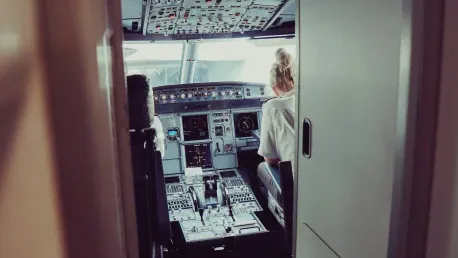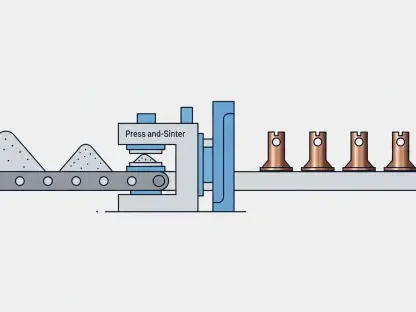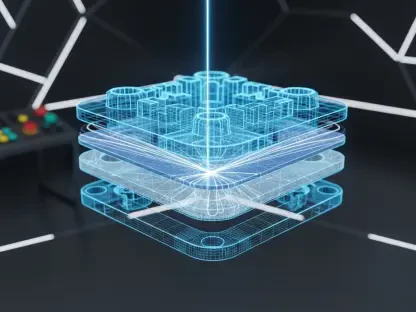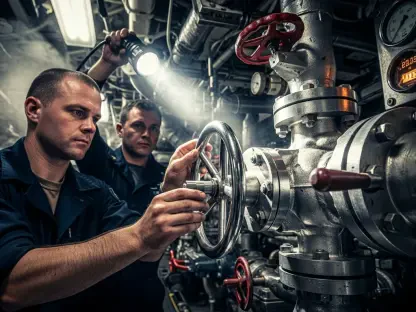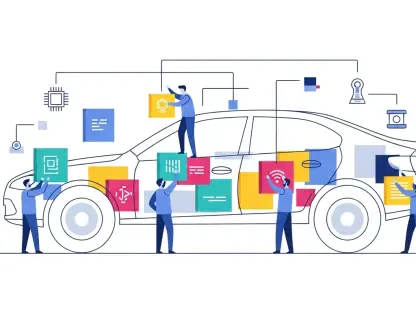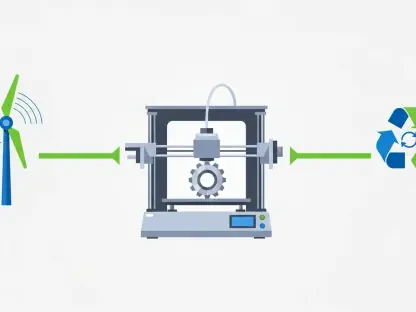Aircraft safety and longevity are critical issues that become increasingly challenging as the fleet ages. The U.S. Air Force’s T-38 Talon, first introduced in the 1960s, exemplifies the complexities involved in maintaining older aircraft in operational condition. Southwest Research Institute (SwRI) has been instrumental in this regard, collaborating extensively with the U.S. Air Force to address the ongoing issues associated with aging aircraft. SwRI’s multifaceted approach includes risk and damage tolerance analyses, which are essential in predicting crack growth and determining optimal inspection schedules.
Risk and Damage Tolerance Analysis
In the spring of 2017, an unexpected incident highlighted the importance of SwRI’s expertise. A T-38 Talon was found to have a large crack near the cockpit, prompting the grounding of the entire fleet for thorough inspections. The incident underlined the need for an in-depth understanding and robust predictive analytics for fleet management. SwRI stepped in promptly, leveraging their comprehensive experience in risk and damage tolerance analyses to assess the situation and develop a strategy for minimizing downtime and enhancing safety.
SwRI’s methodologies involve sophisticated modeling techniques and failure analyses to predict how and when components might deteriorate. These efforts are crucial for determining optimal inspection intervals, thus preventing unforeseen failures. Their predictive models consider numerous variables, including stress factors and material properties, to predict potential weaknesses in aircraft structures. The incident with the T-38 demonstrated how unforeseen issues could emerge despite rigorous full-scale fatigue tests and finite element models, spotlighting the indispensable nature of SwRI’s work.
Investigative Procedures and Detailed Analysis
After the crack was discovered in the T-38, a detailed investigation was undertaken by Senior Research Engineer Mirella Vargas. The analysis involved photographing and examining the cracked longeron component at both macro and micro scales, using optical and electron microscopes. This meticulous approach revealed that structural fatigue was the root cause of the crack, providing valuable information for updating predictive models and inspection schedules.
The data gleaned from this failure analysis allowed SwRI to refine their risk analyses, adjusting the inspection frequency based on updated information. This kind of dynamic response is vital for maintaining the structural integrity of aging aircraft and ensuring their continued operational safety. By continuously updating their models, SwRI can provide recommendations that reflect the latest known conditions, thereby preventing future incidents and extending the life of the aircraft.
Swift Response and Robust Methodologies
The ability of SwRI to rapidly respond to new problems is a testament to their preparedness and robust analytical methods. The quick reaction following the discovery of the crack ensured that the T-38 fleet could be returned to service with minimal downtime. This agility is essential in military aviation, where operational readiness is contingent on the aircraft’s reliability and the safety of its crew.
David Wieland, who oversees SwRI’s Aerospace Structures Section, highlighted how the team’s swift analytical response played a crucial role in addressing the issue. The incident reinforced the importance of having comprehensive preparedness plans and reliable methodologies for analyzing and mitigating new problems. Laura Hunt, SwRI Lead Engineer, emphasized that these experiences underscore the necessity of a proactive approach to aircraft maintenance, which includes both thorough preparedness and strong analytical capabilities.
Continuous Model Updates and Proactive Approaches
SwRI’s ongoing efforts in supporting the longevity of the T-38 illustrate the critical importance of continuous updates to predictive models and adopting agile response strategies. By maintaining a proactive stance, SwRI ensures that any emerging issues can be addressed promptly, thereby enhancing both the safety and functionality of the fleet. The rapid assimilation of new data and subsequent adjustments to inspection protocols highlight the dynamic nature of risk management in aging aircraft.
The experience with the T-38 has demonstrated the effectiveness of SwRI’s comprehensive approach. Their ability to conduct detailed predictive analyses and respond swiftly to new problems underscores the necessity of having a specialized team dedicated to the longevity and safety of military aviation assets. The insights gained from these processes have far-reaching implications, offering vital lessons for the broader aerospace community.
Ensuring Future Safety
Aircraft safety and longevity are vital concerns that become more complex as the fleet ages. The U.S. Air Force’s T-38 Talon, introduced in the 1960s, illustrates the ongoing challenges of keeping older aircraft fully operational. Southwest Research Institute (SwRI) plays a crucial role in this effort, working closely with the U.S. Air Force to tackle issues related to aging aircraft. SwRI employs a comprehensive strategy that includes risk assessments and damage tolerance analyses. These methods are key in predicting crack growth and formulating optimal inspection schedules to ensure these older planes remain safe and functional. It’s through these proactive measures that SwRI helps to extend the service life of the T-38 Talon, addressing the inevitable wear and tear that comes with time. This collaboration underscores the importance of modern techniques and technology in maintaining the reliability and safety of aging military aircraft, ensuring they continue to meet operational standards well beyond their intended lifespan.
